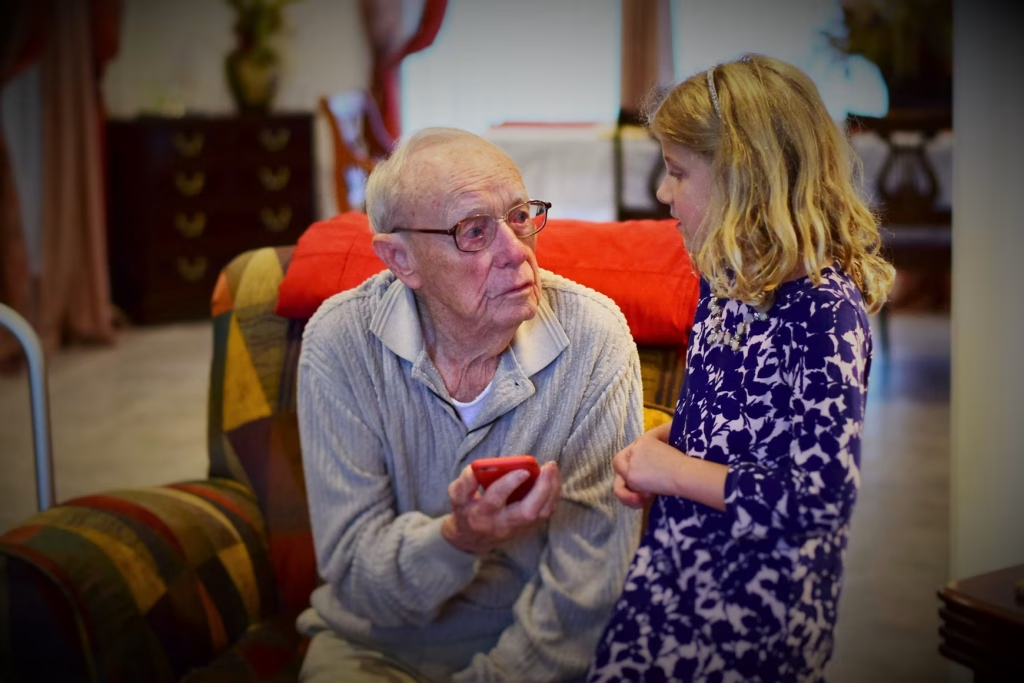
One day your sweet toddler is giggling over finger paint, and the next they’re refusing everything from broccoli to bedtime with an emphatic “No!”. Sound familiar? You’re not alone—and, crucially, your child isn’t plotting to drive you up the wall.
The toddler no phase is a normal developmental milestone rooted in a growing sense of independence. As exhausting as it is, every “no” is your child’s way of saying, I’m my own person. The good news? You can support that healthy autonomy can keep your sanity intact.
Here are six research-backed strategies for sailing through this stormy season with empathy, structure, and far fewer power struggles.
1. Pause and Redirect—Space Calms the Storm
Toddlers’ brains are still wiring the circuits that regulate big feelings.
When you meet a loud “No!” with equal intensity, you feed the fire. Instead, take a brief pause—two steady breaths—and calmly redirect: “You’re upset about putting on shoes. Let’s pick a song while we try again.” Redirection shifts your child’s focus, defuses adrenaline, and models self-control. When cooperation follows, celebrate: “You did it! High-five!” Praise reinforces flexible behavior—and toddlers love repeat performances.
2. Lean on Predictable Routines
Children relax when they know what happens next. Consistent meal, nap, and play windows reduce surprise transitions—the #1 trigger for “no!” battles.
Post a simple picture schedule at toddler eye-level:
🍳 → 👟 → 🚗
Touch each icon as you go. The routine becomes the boss, not you, which feels safer for autonomy-seeking toddlers.
3. Offer Curated Choices
Choice is toddler gold, but unlimited options are overwhelming. Offer two pre-approved paths:
- “Blue cup or red cup?”
- “Brush teeth before pajamas or after?”
Either answer works for you, yet your child feels powerful. Even small choices cut defiance dramatically by meeting the developmental need for control.
4. Spot (and Soften) Common Triggers
Most meltdowns trace back to H.A.L.T. cues: Hungry, Angry, Lonely, Tired. Keep snacks handy, build quiet cuddles into busy days, and respect sleep windows. For inevitable transitions (leaving the park, turning off videos) give countdown warnings: “Five more pushes, then stroller.” Timers or musical cues offer concrete signals that help toddlers shift gears without defaulting to no!

5. Keep Your Cool—Regulation Is Contagious
Toddlers are emotional mirrors. A calm, low voice and relaxed body posture tell their nervous system, We’re safe. Drop to their eye level, label the feeling (“You’re mad the blocks fell”) and hold a boundary (“Blocks stay on the floor”). When you regulate yourself, you co-regulate them and teach the lifelong skill of staying steady under stress.
6. Reframe the Phase—It’s Practice for Real Life
Repeated “no”s are tiring but temporary. More importantly, they’re rehearsal for assertiveness, decision-making, and self-advocacy—traits we value in teens and adults. Your role is guide, not adversary:
- Acknowledge the feeling or desire.
- Offer a limited choice or clear expectation.
- Support the outcome without shame.
Each round teaches your child, My voice matters, and there are respectful ways to use it.
When to Worry
Occasional stubbornness is normal. If refusals escalate into daily, hour-long meltdowns that disrupt sleep, eating, or safety—or if your child’s speech and social milestones seem stalled—check in with your pediatrician or an early-childhood therapist. Early support turns challenges into growth opportunities.
You’ve Got This (Really)
Surviving the toddler no phase isn’t about perfection; it’s about presence. Every time you pause instead of react, offer a choice instead of a command, or hold a boundary with love, you strengthen trust—and teach your child healthy independence. Keep perspective: the season is short, the lessons last forever, and you’re doing better than you think.
Your turn: Share your funniest no phase moment—or a strategy that saved the day—in the comments. Your story might be the deep breath another parent needs today.
Read More
- 10 Ways to Survive Living On The Streets With Your Kids
- A Pet Owner’s Guide to Surviving the Holidays

Samantha Warren is a holistic marketing strategist with 8+ years of experience partnering with startups, Fortune 500 companies, and everything in between. With an entrepreneurial mindset, she excels at shaping brand narratives through data-driven, creative content. When she’s not working, Samantha loves to travel and draws inspiration from her trips to Thailand, Spain, Costa Rica, and beyond.

